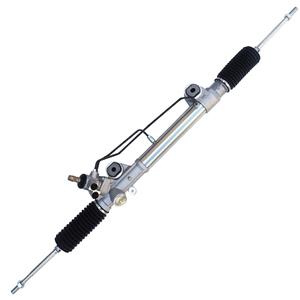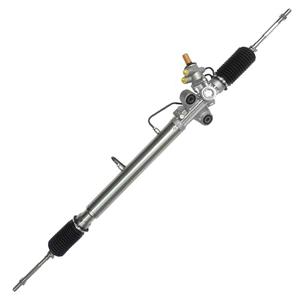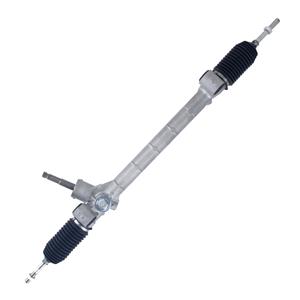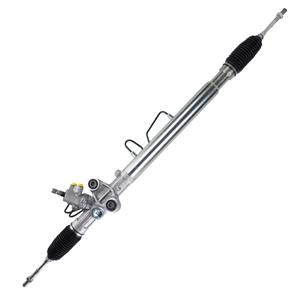How do I know if my steering rack is leaking?
The steering rack plays an important role in the steering system of modern cars. The rack gear of the hydraulic power steering system provides steering assistance through hydraulic fluid, allowing the driver to easily turn the steering wheel. However, over time and with increased use, the steering rack may leak fluid. Leakage of hydraulic fluid not only affects the steering performance of the vehicle, but may also cause more serious mechanical failures. Therefore, it is crucial to detect and repair the leakage of the steering rack in a timely manner.
So, how to tell if the steering rack is leaking? This article will explore this issue from multiple angles and help car owners understand and identify potential leakage problems.
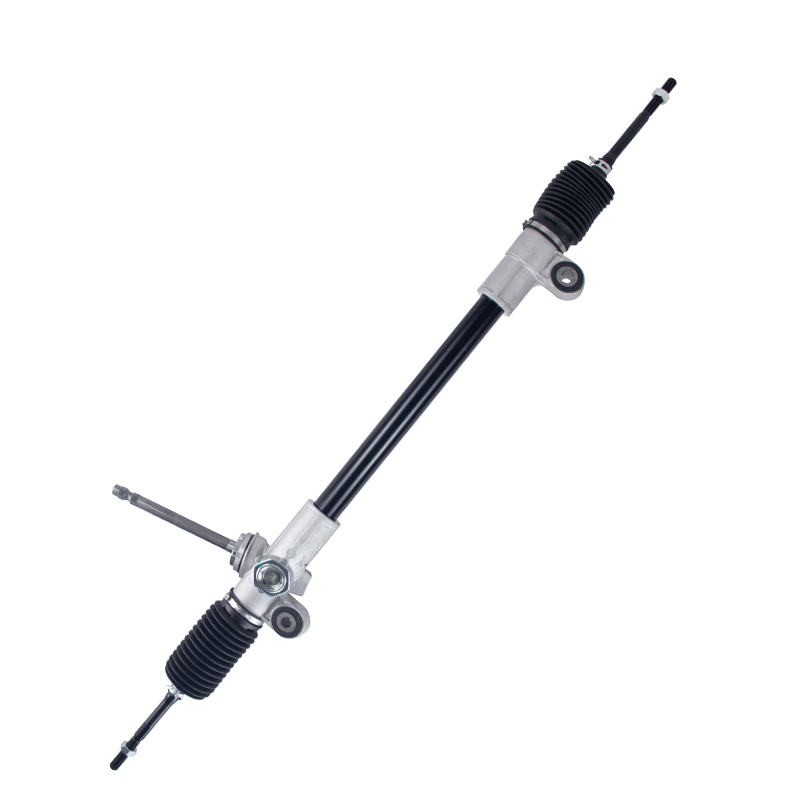
What is the basic working principle of the steering rack?
Before understanding the symptoms of steering rack leakage, it is necessary to first understand its basic working principle. The steering rack is one of the core components of the steering system, which transmits the driver's steering input to the wheels through the steering column connected to the steering wheel. In the hydraulic power steering system, the steering rack is also connected to the hydraulic cylinder. When the driver turns the steering wheel, the hydraulic fluid is pressed into the hydraulic cylinder, pushing the piston to move, thereby driving the rack to move left and right, and ultimately controlling the steering direction and angle of the wheel.
The normal operation of the steering rack depends on the sealing of the hydraulic oil. If there is a leak in the hydraulic system, the pressure of the hydraulic oil will decrease, the steering assist effect will be weakened, and the handling of the vehicle will be affected.
What are the common causes of steering rack leakage?
Steering rack leakage is usually caused by the following main reasons:
1. Aging or damage of seals: There are multiple seals (such as O-rings and oil seals) in the steering rack, which are used to prevent hydraulic oil leakage. Over time, the seals will fail due to wear, aging or chemical corrosion, resulting in fluid leakage.
2. Mechanical damage: When the steering rack is subjected to external impact or other mechanical damage, it may cause deformation of the rack itself or the connection part, thereby destroying the sealing of the hydraulic system.
3. Hydraulic oil contamination: Dirt or impurities mixed in the hydraulic oil may accelerate the wear of the seals, or block the oil channels inside the system, causing abnormal increase in local pressure and causing leakage.
4. Overuse or overload operation: Frequent steering operation or overload use may cause excessive pressure in the system, accelerate the wear and aging of seals, and increase the risk of leakage.
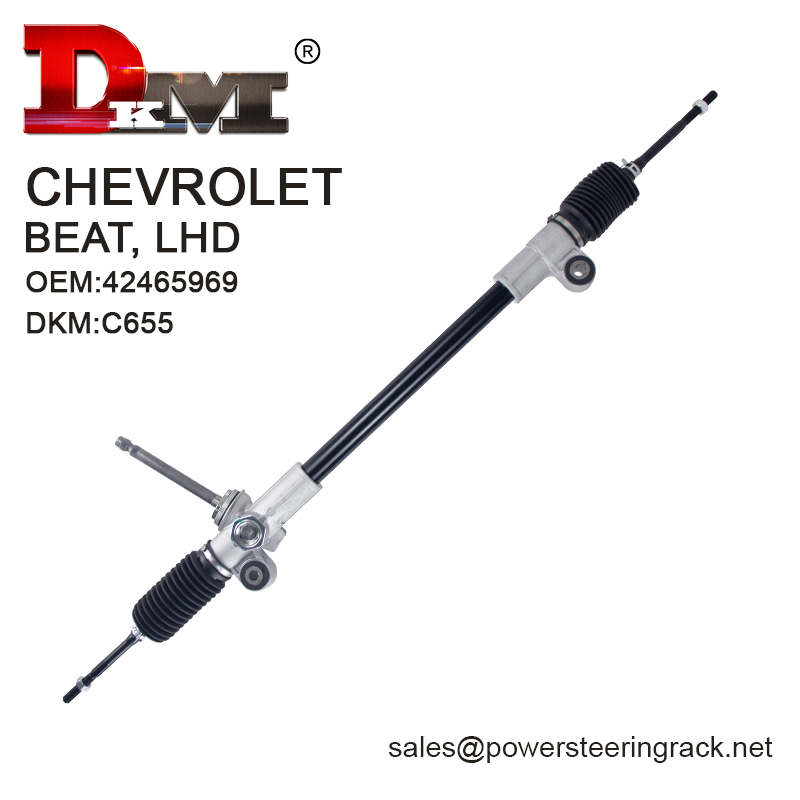
How do I know if my steering rack is leaking?
It is crucial to detect the early symptoms of steering rack leakage. Here are several common leakage symptoms that car owners can use to determine whether there is a problem:
Steering wheel turning effort
When the steering rack leaks, the pressure in the hydraulic system will drop, resulting in a weakened steering assist. Car owners will find that the steering wheel becomes more difficult to turn, especially when driving at low speeds or parking. This feeling of turning effort is one of the most direct signs of leakage.
Hydraulic fluid level drops
Checking the fluid level of the hydraulic fluid reservoir is an effective way to determine whether there is a leak. Under normal circumstances, the hydraulic fluid level should be maintained within the specified range. If the fluid level continues to drop and there are no obvious external signs of leakage, it is likely that the steering rack is leaking internally.
Hydraulic fluid color change
The color change of the hydraulic fluid may also indicate a leak problem. Normal hydraulic fluid should remain clean, transparent or slightly yellowish. If the hydraulic fluid becomes cloudy, black, or milky, it may mean that the hydraulic system is contaminated or that an internal leak has emulsified the fluid.
Abnormal noise when steering
When the steering rack leaks, insufficient pressure on the hydraulic fluid may cause poor lubrication between the rack and the gear, resulting in metallic friction or other abnormal noises. These sounds are usually more obvious when turning the steering wheel, especially when the steering wheel is fully turned.
Vehicle leakage traces
If the steering rack leaks seriously, the owner may find obvious oil traces under the vehicle or near the steering rack. These oil traces are usually light yellow or amber in color and have a certain viscosity.
Steering wheel vibration or shake
Steering rack leakage may cause unstable pressure in the system, which in turn causes vibration or shake of the steering wheel. This phenomenon is particularly obvious during vehicle driving, especially when steering at low or high speeds.
How to detect steering rack leakage?
If the steering rack is suspected of leaking, the owner can perform a preliminary test by following the steps below:
Visual inspection
First, check whether there are signs of fluid leakage under the vehicle. Hydraulic oil is usually light yellow or amber and viscous. If you find traces of oil under the vehicle or near the steering rack, you can basically confirm that there is a leak.
Hydraulic oil level check
Open the hydraulic oil reservoir and check whether the level is below the standard line. If the level continues to drop and the owner has not replaced or added hydraulic oil, it is likely that there is a leak inside the hydraulic system.
System pressurization test
Professional auto repair technicians can use pressurization testing to detect whether the steering rack is leaking. This test applies a certain amount of pressure to the hydraulic system through a pressurizing device and observes the pressure relief of the system. If the pressure drops rapidly, it means that there is a leak inside the system.
Listen for abnormal noises
With the engine idling, slowly turn the steering wheel and listen for any abnormal noises. If you hear obvious friction or bubbling sounds, it may indicate that there is a leak or air mixed in the hydraulic system.
Check the seals
If you suspect a seal problem, you can raise the vehicle and conduct a more detailed inspection. Observe whether there is liquid seepage or obvious oil stains at the connection parts and seals of the steering rack. If the seal is found to be damaged or aged, it should be replaced in time.
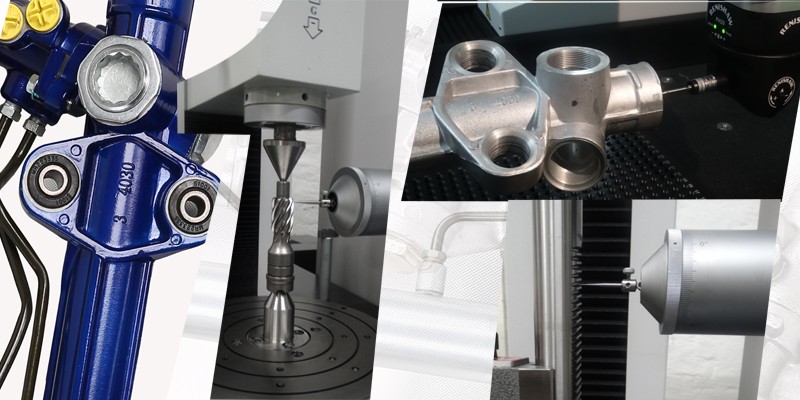
What are the hazards of steering rack leakage?
Steering rack leakage not only affects the driving experience, but may also cause more serious mechanical failures. The following are several hazards that leakage may cause:
Steering failure
Severe leakage may cause the complete loss of hydraulic oil, making the steering power completely ineffective. At this time, the driver may find that the vehicle becomes difficult to steer, especially when driving at low speed or parking. This situation is extremely dangerous, especially in an emergency, and may cause the vehicle to lose control.
Accelerated component wear
Hydraulic oil leakage will cause the lubrication effect in the system to decrease, thereby accelerating the wear of the steering rack and gear. If it is not handled for a long time, the rack may be severely worn or deformed, and eventually the entire system will fail.
Hydraulic oil contamination
Leakage will not only cause the loss of hydraulic oil, but also cause contamination inside the hydraulic system. Hydraulic oil mixed with impurities will accelerate the wear of seals and other key components, further aggravating the leakage problem.
Safety hazards
When driving at high speed, if the steering system suddenly fails, it may cause the vehicle to lose control and cause a traffic accident. Steering failure caused by leakage not only affects driving safety, but may also endanger the lives of people in the car and other road users.
How to prevent steering rack leakage?
Regularly check the level and status of the hydraulic oil to ensure the normal operation of the hydraulic system. If the level drops or the hydraulic oil deteriorates, add or replace the hydraulic oil in time. In addition, regularly check and maintain the steering system, especially the condition of the seals. Timely replacement of aging or damaged seals can effectively prevent leakage problems.
Avoid turning the steering wheel for a long time when the vehicle is stationary, and avoid frequent and violent steering operations. These operations will increase the burden on the hydraulic system and cause accelerated wear of the seals. Finally, choose a reliable quality hydraulic oil to ensure that it has good lubrication and wear resistance. High-quality hydraulic oil can extend the service life of the steering system and reduce the risk of leakage.

